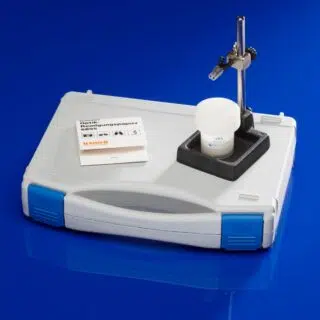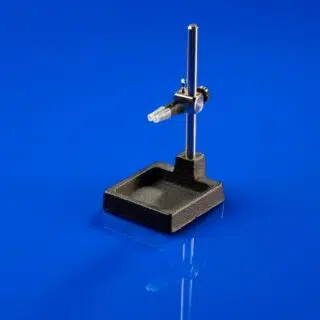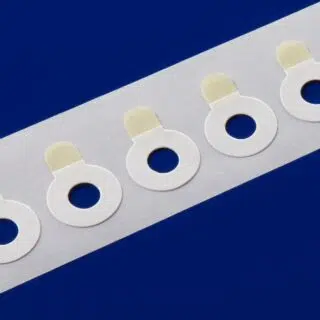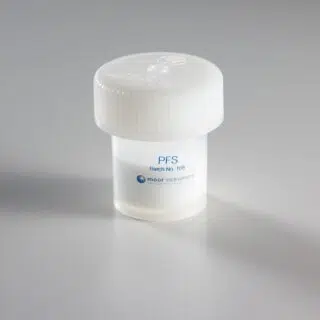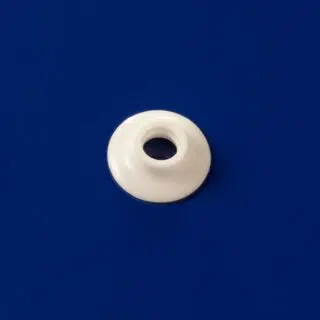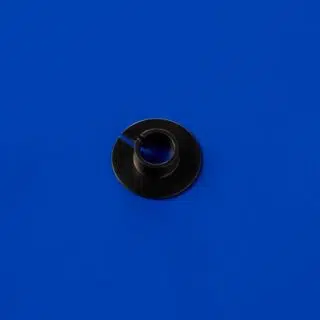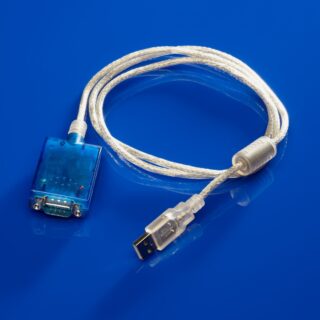This system has now been superseded by the moorVMS-TREND, for full details please click here.
New and unique features are offered by TREND flap monitoring to simplify the task of assessing flap progress post surgery. The monitor uses laser Doppler technology and provides measures of micro-vascular blood flow and temperature at two sites. Optic probes are available for surface, buried and oral flaps. The large graphical display shows smoother traces – due to use of a noise rejection protocol. Baseline levels and alarm levels are monitored and set automatically by the monitor.

